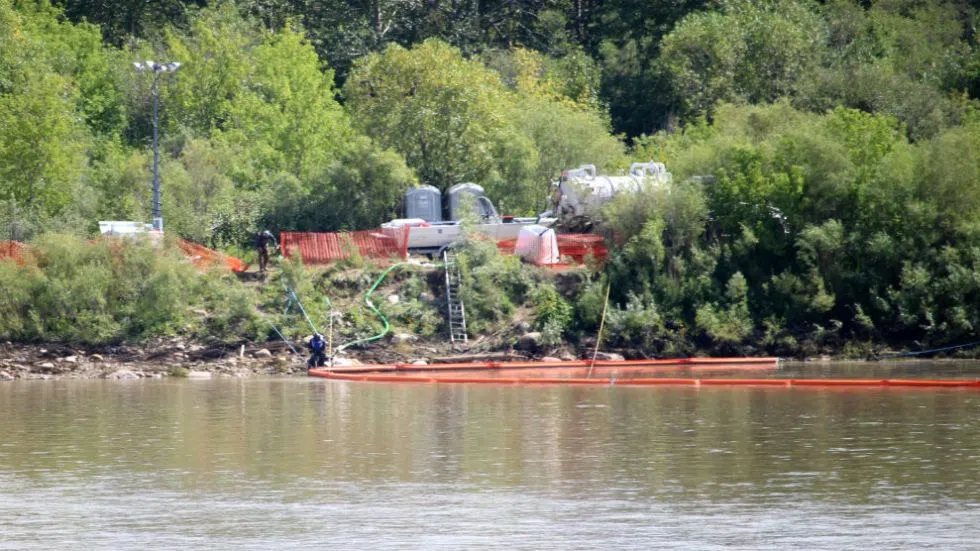
Oil spill cleanup ramps up again as river recedes
Crews working to clean up the North Saskatchewan River from the Husky oil spill have recovered nearly 80 per cent of the released oil.
Wes Kotyk, the executive director of the Ministry of Environment’s Environmental Protection Branch, said the water level is receding, allowing the cleanup to resume. The level in the river reached a peak of 4.1 m due to heavy rain in Alberta, but that level has since receded to 2.3 m as of Friday, Sept. 9 and is expected to drop to 1.75 m.
Kotyk said the rising level complicated the cleanup in some locations by altering the shoreline however, it didn’t necessarily leave crews worse off because it came after much of the site was already cleaned.
“There are some cases where (oil has) redeposited in different locations, so that identifies the need to ensure that further assessment is done. And the shoreline erosion has also resulted in where there were some identified hot spots that are no longer in existence,” he said.


